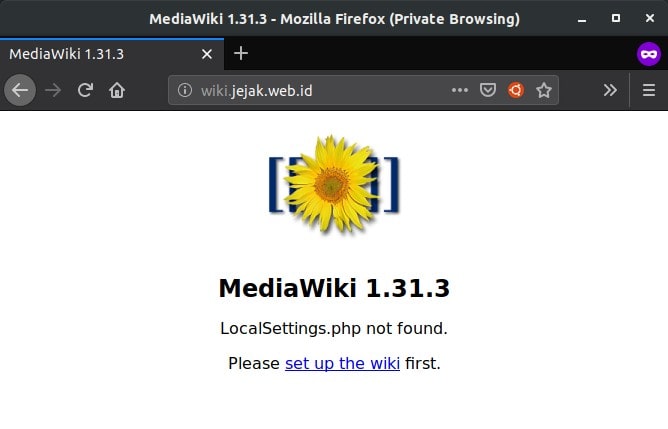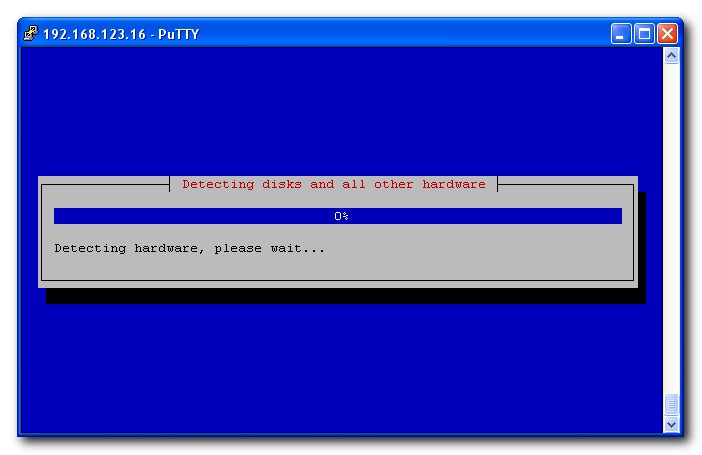


- Install mediawiki how to#
- Install mediawiki install#
- Install mediawiki update#
- Install mediawiki password#
We will be editing the Lighttpd config file, but before we do it is generally a good idea to make a backup - this way if something goes wrong, we will still have the original config file.Ĭhange the directory to /etc/lighttpd/conf-available/: cd /etc/lighttpd/conf-available/Ĭreate a backup config file: sudo cp nf
Install mediawiki update#
Now that we’ve edited the PHP-FPM configuration, we will need to update the Lighttpd configuration to look for PHP-FPM. Next reload PHP-FPM to finalize changes: sudo service php5-fpm reload Original text in /etc/php5/fpm/pool.d/Replace with: listen = /var/run/php5-fpm.sock Once this is complete, do a CTRL+ x, type y to save, and then Enter. First we need to configure PHP-FPM to listen on port :9000 on the localhost. We are going to use a TCP connection to configure PHP-FPM and Lighttpd.
Install mediawiki install#
Installing PHP-FPM sudo apt-get install php5-fpm php5 We are going to install PHP-FPM and then edit the config files so PHP-FPM and Lighttpd are able to communicate. Type q to quit the browser and then y when asked if you would like to exit. Note: If the Placeholder page is not displaying, try adding to the end of your IP address: lynx If you would like to verify that Lighttpd was successfully installed, point your browser to your IP address: lynx In this step we are going to install our web server and then verify that it has installed correctly by viewing the placeholder page in the browser.įirst we need to install Lighttpd: sudo apt-get install lighttpd Step 2 - Installing the Lighttpd Web Server Since we just set up the root password, there isn’t any reason to reset it - answer n to the first prompt.įor increased security, answer y to the rest of the prompts in the configuration. Run this installation script to configure your MySQL security settings. Use the following command to initialize the MySQL data directory and create tables: sudo mysql_install_db
Install mediawiki password#
Note: Make sure to remember this password - you will need it later in the tutorial when we set up MediaWiki. You will be asked to type in the password again to confirm your password: When setting up a password, always remember to follow best practices for secure passwords: Install mysql-server and php5-mysql by running the following command: sudo apt-get install mysql-server php5-mysqlĭuring the installation, you will be prompted to set your root password for MySQL. We will be configuring MySQL later in the tutorial. Step 1 - Installing MySQLįirst we will install MySQL and set-up our root account. Note: When working with your sudo user, you may be prompted to enter your password to complete certain tasks. When you are ready to continue, log into your server with your sudo user and get started below. Run the following commands to get any updates you might have missed: It is always a good idea to make sure your system is up to date before making any changes. We will be using 111.111.111.111 as the generic IP address in the examples - if you see this IP address throughout the tutorial, remember to replace it with your own server’s IP address. To install Lynx, please type the following command: This tutorial uses Lynx as the example browser.Throughout this article we will be using the GNU nano text editor to view files.Įxample command: nano /etc/lighttpd/nf
Install mediawiki how to#
If you need help with connecting to your droplet using SSH, please visit the How To Connect To Your Droplet with SSH tutorial. You can learn how to set this up by following our Ubuntu 14.04 initial server setup guide. On this system, you should have a non-root user configured with sudo privileges for administrative tasks. To complete this guide, you should have access to a clean Ubuntu 14.04 server instance. We will use the Lighttpd web server to make the actual content available, PHP-FPM to handle dynamic processing, and MySQL to store our wiki's data. In this guide, we will be setting up the latest version of MediaWiki on an Ubuntu 14.04 server. MediaWiki is used for many of the most popular wikis on the internet including Wikipedia, which also happens to be the site that the project was originally designed to serve. MediaWiki is a popular open source wiki platform that can be used for public or internal collaborative content publishing. How To Install MediaWiki and Lighttpd on Ubuntu 14.04 Introduction


 0 kommentar(er)
0 kommentar(er)
